People used to be less interested in Polk County than fruit. Florida’s citrus hub is halfway between Tampa and Orlando. It grows more citrus boxes than any other county in the state and has planted millions of trees on tens of thousands of acres.
But almost 30,000 people moved to the county last year, more than to any other in the US.
In the past few years, citrus groves have been destroyed to make way for housing and big box shops. One day, the two cities might be merged into what has been half-jokingly called “Orlampa.”
This decade has seen a big type of growth across the country: the rise of the far-flung suburbs. This is reflected in the movement and property sprawl.
According to the U.S. Census Bureau, some of the fastest-growing cities last year were those on the edges of metro areas, some as much as 60 miles (97 kilometers) from the center of a city. Those places are mostly in the South.
For example, Anna is on the edge of the Dallas-Fort Worth metro area, while Fort Mill, South Carolina, is outside of Charlotte, North Carolina. Lebanon is outside of Nashville, and Haines City is in Polk County.
Some people, like Marisol Ortega, have to spend up to an hour and a half getting to and from work. In spite of this, Ortega, who lives in Haines City and works in Orlando, says it is worth it.
“I enjoy my job.” Ortega said, “I love what I do, but afterwards I love going home because it is calmer there.”
More than just a pandemic flight
According to the Census Bureau, the fast growth of far-flung suburbs is a result of the COVID-19 pandemic. Rising housing costs pushed people farther away from cities, and many people were able to work from home at least some of the week.
In Polk County, the number of Hispanic people has grown from 15% of the total population to more than 25% in the last five years. This is mostly because Puerto Ricans moved there after Hurricane Maria in 2017 and then from New York during the pandemic.
According to the Census Bureau, the county has become more diverse as the percentage of non-Hispanic white people has gone down from 61% to 54%.
It has also become more educated and wealthy. Even though a lot of new people have moved into the county, its Republican leanings have not changed much.
Following a visit, Yeseria Suero and her family moved from New York to Polk County at the beginning of the decade. They loved the slower pace of life and low cost of living there.
Still, there were some cultural changes: stores closed early, barbecue and boiled peanuts were everywhere, and people she did not know talked to her at the grocery store. Suero is now part of the close-knit Hispanic community, and both of her boys play sports in leagues.
She said, “My kids now say, ‘Yes, ma’am.'”
Florida’s recent hurricanes and citrus diseases have also made it more appealing for some growers in Polk County to sell their citrus groves to people who are building new shops or homes.
Federal agricultural data show that citrus farming has gone down from 81,800 acres (33,103 hectares) and almost 10 million trees in 2014 to 58,500 acres (23,674 hectares) and 8.5 million trees in 2024.
Matt Joyner, CEO of Florida Citrus Mutual, a group for growers, said, “It has not been a sudden change of citrus land for growth.” “But you can see it in northern and northeastern Polk.”
A suburb of a suburb
People are moving in the same way to Anna, Texas, which is more than 45 miles (72 kilometers) north of downtown Dallas.
Last year, it was the fourth-fastest growing city in the U.S., and since the 2020s, its population has grown by a third to 27,500 people.
Anna is a little older, wealthier, and has a wider range of races than Polk County. As of 2020, the Census Bureau says that almost three out of five families have moved into their new homes.
Schuyler Crouch, 29, and his wife wanted to start a family and settle down, so they looked for a house in a nearby suburb like Frisco, where he grew up. But because of more people living there, costs have gone through the roof.
Last year, they fell in love with a house in Anna that was not too expensive. They both work in Frisco, which is about 30 miles (48 kilometers) away.
Instead of going to downtown Dallas to eat or have fun, they now go to Frisco, which was not long ago thought of as a faraway part of the metro area.
Still, Crouch said he has seen the suburbs move further north as fast growth makes it impossible to find cheap housing in areas that were once thought to be on the edges of the metro area.
He joked, “The next suburb we will be living in is Oklahoma.”




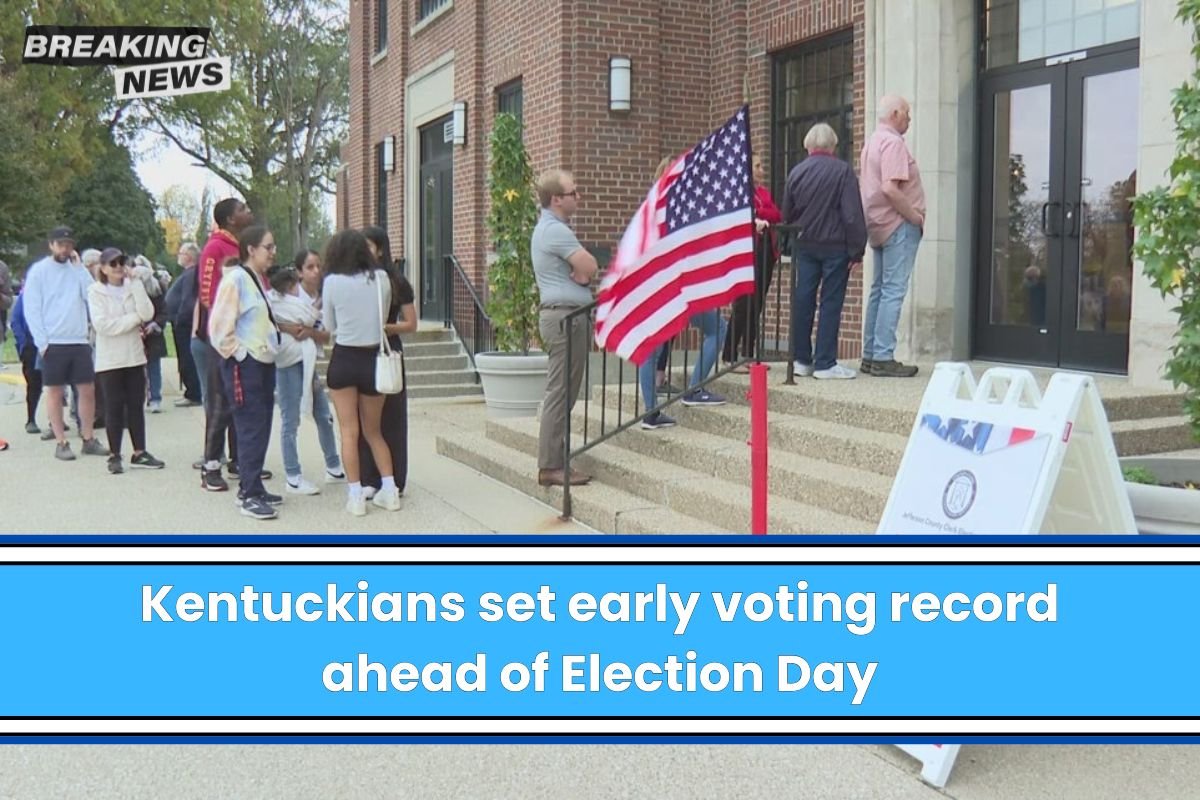




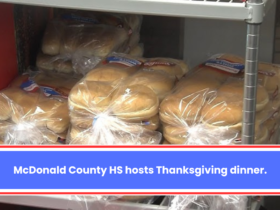
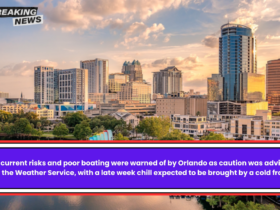
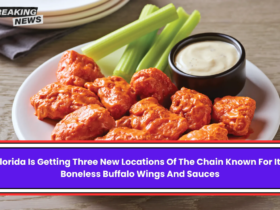
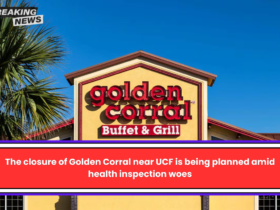

Leave a Reply